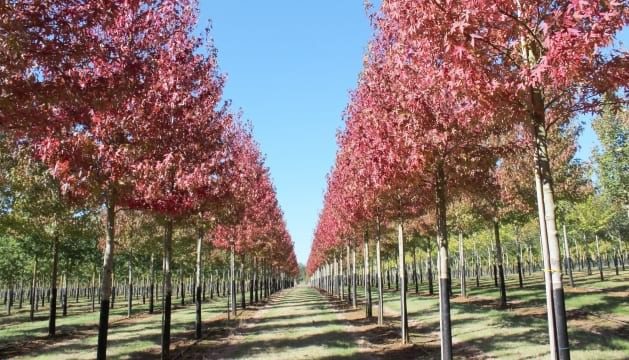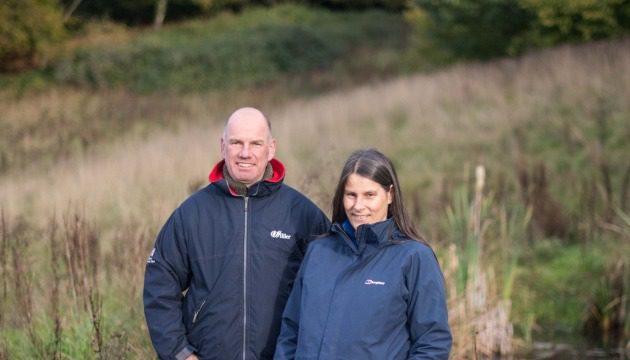Gillespies design for Google HQ in London: Photo credit: Gillespies
As a new decade begins, we ask ourselves what it will bring to us as individuals, for our local communities and for global populations. Trends in landscape architecture will be influenced by these micro and macro events, as well as playing a part to shape and address them.
With this in mind, Hillier Trees has asked some of the most influential people in the field of Landscape Architecture to share what they think will be the key trends defining the 2020’s. In the first of the series, Jane Findlay, Director at fira, discusses the pursuit of balance in an age of continued population growth, with response from Caroline Swann, Account Manager for Major Projects at Hillier Trees.
Jane Findlay
Director at fira / President Elect for The Landscape Institute

We are living in interesting, and sometimes, unnerving times. During the past few years we have seen political upheaval, not just in the UK, but across the globe and the world’s leaders appear to have woken up to the climate and biodiversity emergency. Meanwhile, we are striving to improve the quality of life in our cities and built spaces.
There has never been a time when our expertise and creativity will be as highly valued, as the climate movement becomes mainstream and sustainability is right at the top of the agenda and Landscape Architects can play a lead role.
The pursuit of balance between people, place and nature will gain even greater significance, as our populations continue to grow. This will be felt most keenly in our cities. Living, working, visiting, studying; the daily pulse of our cities faces even greater pressure in the next 20 years. Government research predicts that by 2036, the UK’s 63 cities will contain 17.7% more people than in 2011.
Together we face challenges of stressed infrastructure, pollution, a changing climate, and our evolving healthcare needs; an ageing population, obesity, and other physical and mental health issues. Technology will create opportunities that we cannot even conceive today.
Growing evidence of the health benefits derived from access to quality green spaces will see green architecture as the norm in a biophilic landscape, responding to our need to feel connected, with each other and with nature. Natural air conditioning, the green oasis, sustainable transport corridors; we will make space for nature in our towns and cities.
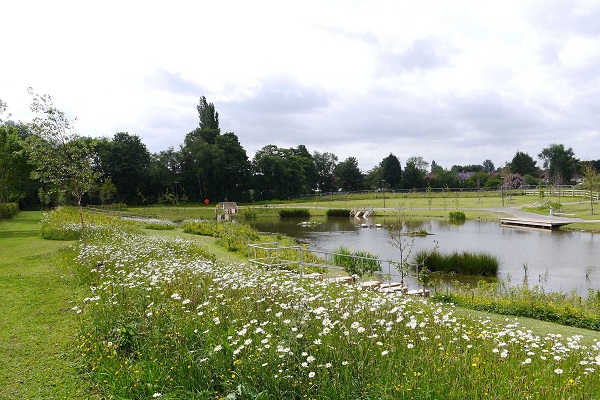 Green and Blue Infrastructure, Derwenthorpe, York
Green and Blue Infrastructure, Derwenthorpe, York
Green not Grey
Investment in high quality green infrastructure will be central to delivering quality of life and environmental benefits for people. Many promises of mass tree planting and creating healthy communities were central to most political party manifestos during the recent general election. Whether for greenfield site developments or retrofitting the urban environment, investment on green and blue infrastructure will increase, and it also require investment in the stewardship of those spaces to ensure the landscape reaches its full potential.
Infrastructure with Landscape Focus
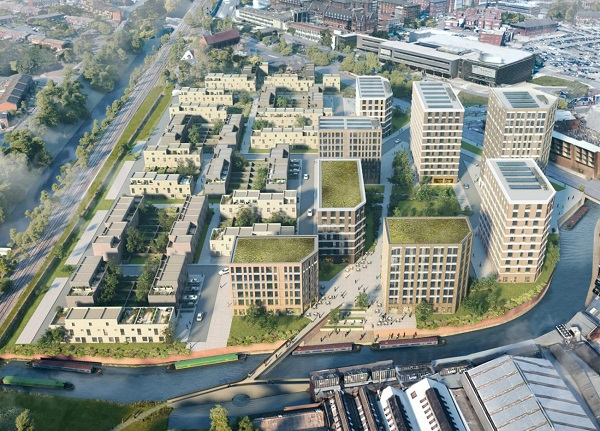 Soho Loop, Birmingham
Soho Loop, Birmingham
Time has come for ‘streets in the sky’. In high-density cities, we are running out of ground space. The streets are so busy and the pavements so packed that we should automatically think about elevating public realm and connecting buildings above the ground.
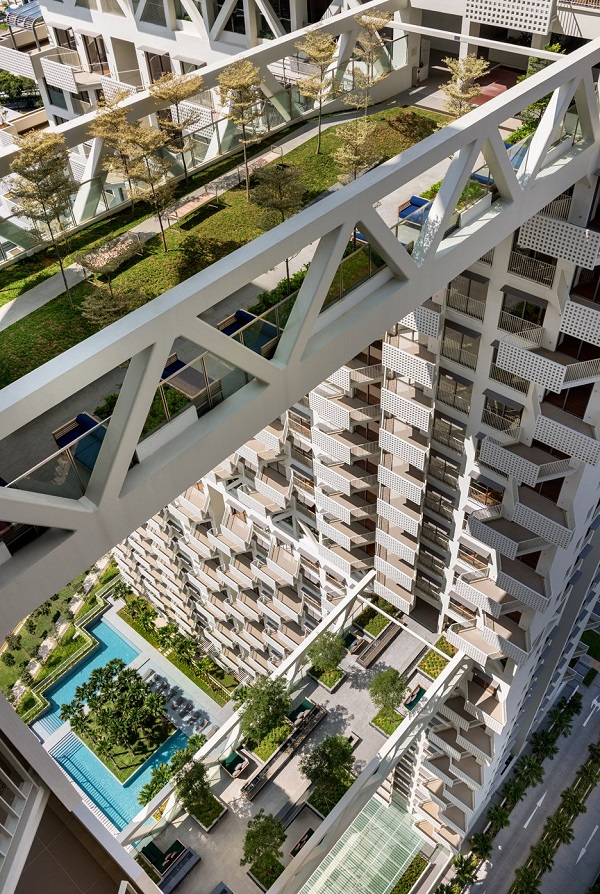 Moshe Safdie’s Sky Habitat, Singapore
Moshe Safdie’s Sky Habitat, Singapore
Old infrastructure will become repurposed will be transformed to provided spaces for residents. As developments and infill make it too expensive for cities to purchase sites for open space they will turn to disused linear infrastructure (rail, rivers, roads) to create open spaces and green networks (green necklaces of the 21st century).
To deliver these projects we need more highly skilled Landscape Professionals. We are already experiencing a shortage of skilled professionals particularly with planting design and landscape management skills. The demand from employers will see a shift in skills taught by universities with a focus on good plant knowledge and planting design.
Gender Equality and Diversity
The focus on gender equality over the next decade will see real change to the development of female leaders in our industry. It is shocking that I will be only the fifth female President of the landscape Institute, in 90 years, representing a profession that is approximately 50:50.
Things are changing and with leadership from the LI I would like to see the next decade to be one of equality and diversity. I hope the President that follows me in 2022 is a woman, two in a row would be a first!
Caroline Swann
Account Manager for Major Projects at Hillier Trees

Awareness of global issues has never been greater and this is essential for our future generations to flourish. As Landscape Architects we also need to look closely at what we are doing now to protect the UK natural environment, maintaining natural balance and futureproofing our landscape projects.
As part of this, the nation’s trees need the protection of our Landscape Architects. Biosecurity and plant health are rapidly coming to the fore for the public, clients and politicians alike. Landscape Architects have a huge part to play going forward to stop our tree decline and find creative, sustainable solutions for planting more trees.
Challenging but exciting times — trees are beautiful and essential, so please handle with care!

